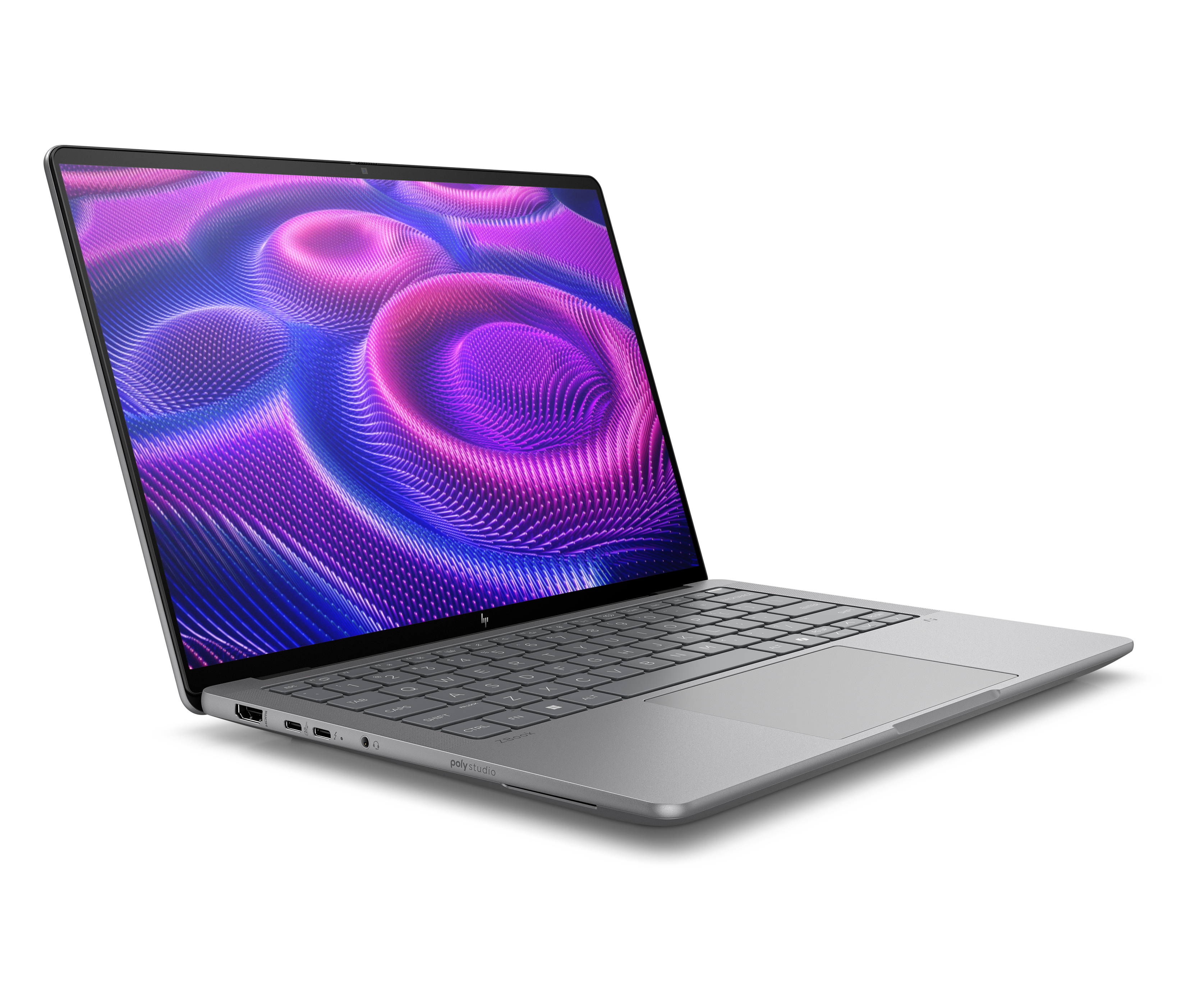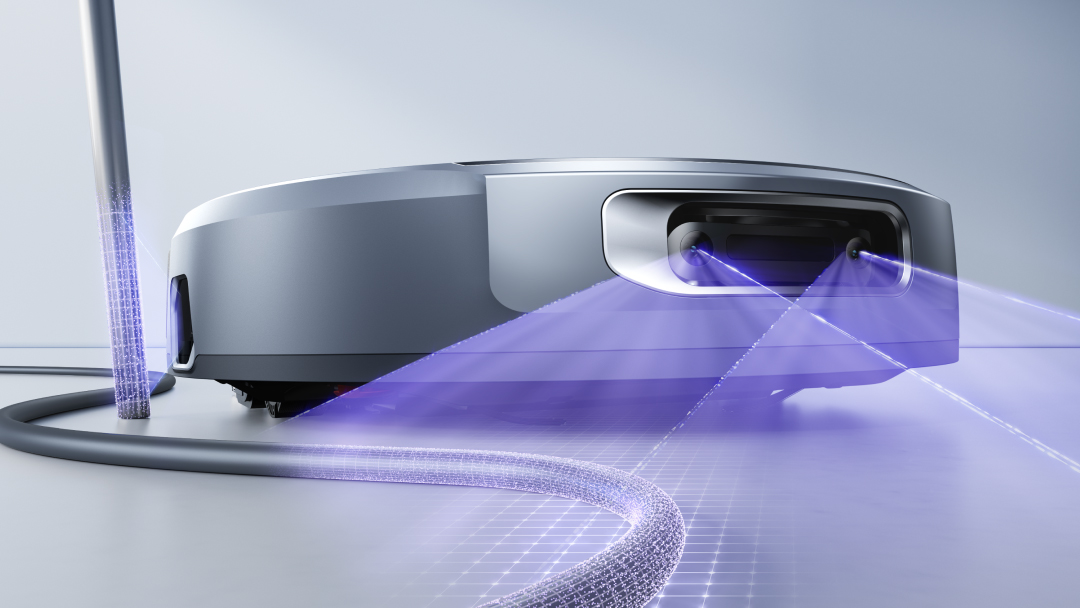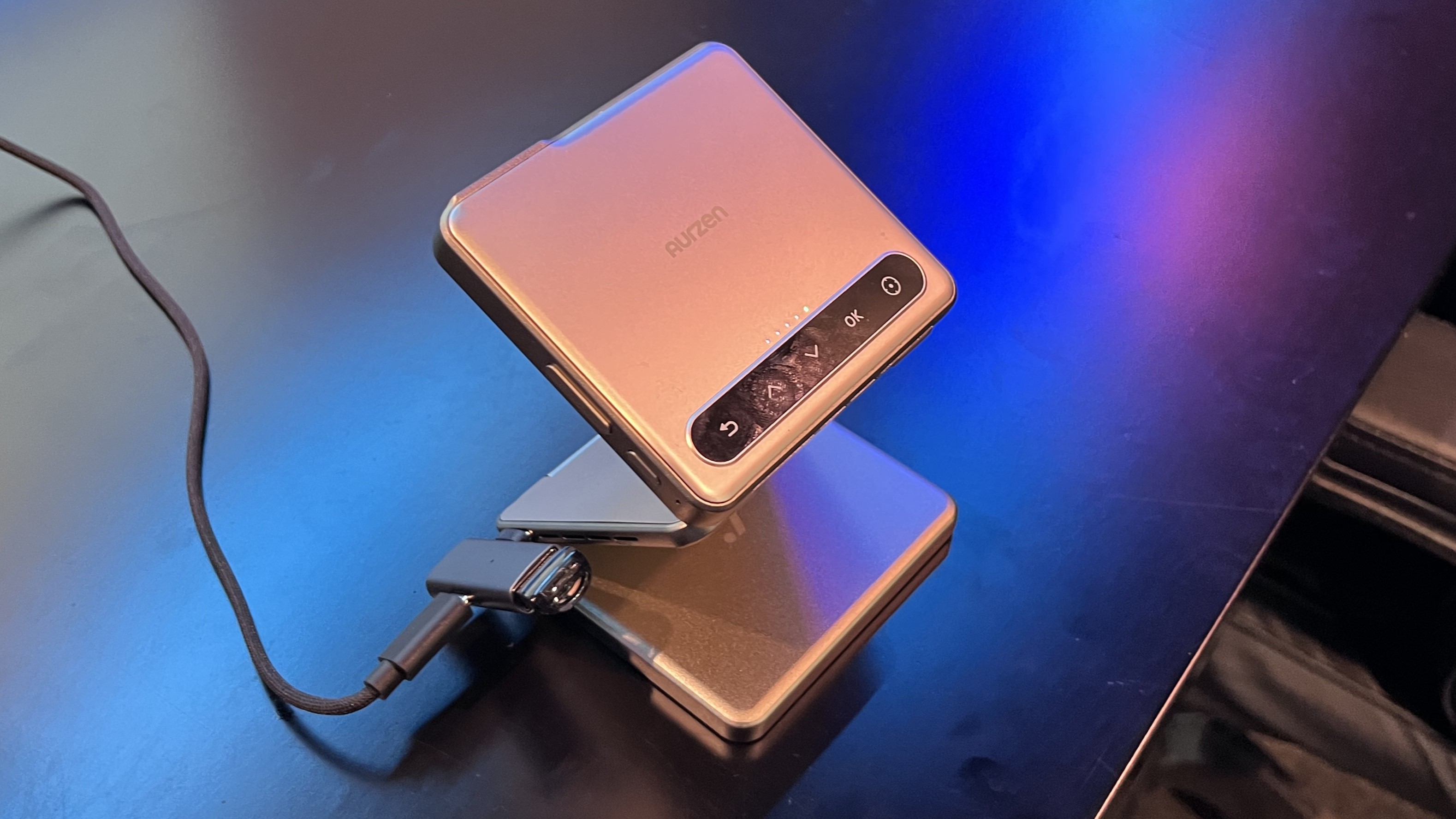www.fastcompany.com
Five years ago,police officers stopped Jose Armando Escobar-Lopez while he was driving to his home in Daly City near San Francisco with his partner and her brother. Without giving a reason for the stop, the officers questioned him about his immigration status and facilitated his transfer to Immigration and Customs Enforcement (ICE) detention.The ICE transfer, which happened during Trumps first term, was a violation of Californias recently enacted sanctuary law, which prohibits local law enforcement from cooperating with ICE. Immigration advocates rallied around Escobar-Lopez, who sued the city and won a settlement. He still lives in California today. But his brush with ICE illustrates the obstacles the second Trump administration may face in pursuing mass deportations of immigrants. Such violations of Californias sanctuary laws are now less frequent, said Angela Chan, a former senior staff attorney with the Asian Law Caucus who worked on his case and coauthored areporttracking sanctuary law violations. Weve shifted the practice statewide where the default is to not turn someone over to ICE, she said.Trump has vowed to carry out mass deportations on his first day back in office. However, that agenda will likely face significant obstacles in jurisdictions like California, where sanctuary laws limit cooperation between local law enforcement and ICE. During his first term, immigrant advocates secured the passage of a sanctuary law known as Senate Bill 54, or the California Values Act. Today,11 states, including Oregon, Colorado, and New York, have sanctuary laws that prevent information sharing with ICE, to varying degrees. Immigrant advocates are hopeful that these laws will thwart Trumps agenda.But the incoming administration is already devising ways to get around these laws, including increasing the presence of ICE agents in sanctuary jurisdictions. Trumps second term is likely to spark a cat-and-mouse game between the administration and sanctuary states, with federal officials ramping up immigration enforcement and threatening to withhold funding from states, while states prepare legal defenses and bolster policies to shield undocumented residents.Still, the lack of cooperation from sanctuary cities is significant. Local and state law enforcement officers act as a force multiplier for ICE agents. More than 70% of ICE arrests made inside the U.S. are the result of handoffs from other law enforcement agencies, according to the Immigrant Legal Resource Center, a national nonprofit that advocates for immigrant rights. Sanctuary laws prevent these handoffs by blocking local and state agencies from sharing information or cooperating with ICE.Chan believes sanctuary laws will continue to throw a wrench in Trumps plans. Under Trumps first term, he was not able to deport as many people as he wanted, and he actually deported less people than under the Obama administration, because of local and state sanctuary laws like Californias that prevented him from being able to do that, Chan said.How the Trump administration could attempt mass deportationsEven before Trump takes office, his administration is clashing with sanctuary jurisdictions.In November, Trumps appointee for border czar, Tom Homan, lashed out at Los Angeles city officials for adopting a sanctuary policy. If you dont wanna help, get the hell outta the way, he said on Newsmax. If I gotta send twice as many officers to L.A. because were not getting any assistance, then thats what were going to do.Homan also threatened to slash federal funding to sanctuary states that oppose deportationssomething Trump tried in 2020. California won its lawsuit blocking the Trump administration from placing immigration enforcement conditions on federal law enforcement grants. The state is preparing for a repeat; during a special session in early December, lawmakers introduced a bill to set aside $25 million for legal fees to respond to the administrations attacks on state policies, including immigration.Still, there are actions Trump can take on day one to roll back protections for immigrantseven for people in sanctuary states.One of his earliest moves could be canceling Biden administration orders. He could reverse anorderthat prioritized deporting undocumented immigrants who committed serious crimes, or had recently arrived, while deprioritizing those deemed non-threatening, according to Muzaffar Chishti, senior fellow at the Migration Policy Institute. That will happen reasonably close to day one, Chishti said.Trump could also cancel a Biden-era order directing ICE to avoid arrests at sensitive locations like courts, schools, hospitals and places of worship, warned Jehan Laner, senior staff attorney for the Immigrant Legal Resource Center.The Trump administration could end Deferred Action for Childhood Arrivals (DACA), which allows undocumented individuals brought to the U.S. as children to stay and work, but in aninterview with NBCin early December, Trump said he was open to working with Democrats to pass legislation to allow them to stay in the country. Trump has also repeatedlythreatenedto scale back Temporary Protected Status, which provides temporary residency to people from countries experiencing conflict or natural disasters.Trump is likely to prioritize deporting people who have final removal orders, as they have exhausted most of their legal options. Where is the lowest-hanging fruit of low resistance? That will be people with final orders of removal, Chishti said.These actions will shrink protections for certain groups, but the Trump administration will still confront significant impediments in its efforts to arrest, detain and deport people, Chishti said. Those who are likely to be targeted are spread out across the country, and workplace raids and home arrests require a warrant or consent to enter. Also, immigrants are entitled to due process.Another major challenge is a lack of detention capacity. Building detention facilities requires funds appropriated by Congress and time to construct the necessary facilities. The American Immigration Councilestimatesthe cost of building detention centersand alternative detention programs such as ankle monitors with GPS trackingat more than $700 billion. That makes a mass deportation, from a logistical point of view, not an easy sell, Chishti said. He added that deportations require the cooperation of countries that may refuse to accept deportees.Trumps deportation agenda will be easiest to carry out in Republican states that are eager to offer their resources, including deploying their National Guards. Texas, for instance, is already using the National Guard for border enforcement. The administration can also send the military to provide logistical support, such as transportation and maintaining infrastructure, Chishti said. But blue states are vowing legal challenges if the administration attempts to federalize the National Guard or send troops across state lines.Trump said in theNBC interviewthat his deportations would begin by targeting undocumented immigrants who have committed a crime, and then branch out to include people without criminal backgrounds. Coordinating with jail and prison systems is one way to identify undocumented immigrants with criminal records, Laner said. Many sanctuary states, including California, still allow prisons and jails to facilitate transfer of prisoners to ICE.How Sanctuary Jurisdictions Can Limit Trumps PlansOne way sanctuary states can get ahead of the administration is to pass new laws to close loopholes that allow prisons and jails to cooperate with ICE. These stronger laws already exist in Oregon and Illinois, Chan said. California State Attorney General Rob BontatoldThe Guardianin November that officials should explore options to reinforce and strengthen the states sanctuary law.Although were very proud of the California Values Act and the impact its made in protecting Californians, at this point, its not the strongest policy in the country, Chan said.She suggested that Gov. Gavin Newsom use his pardon power to prevent deportations. In 2021, Newsom pardoned two formerly incarcerated firefighters who were at risk of deportation to Laos. They were released from ICE detention and returned to their homes in California.Although sanctuary laws prevent local and state officers from cooperating with ICE, Chan said immigrant advocates still must play a watchdog role to ensure agencies comply with the law. In California, Chan and other advocates filed records requests and sued noncompliant police agencies until the sanctuary law SB 54 became the status quo.What I learned from SB 54 is that laws dont implement themselves, Chan said. We breathed life into that law by being so organized in how we implemented it. . . . Were going to need to do the same under Trump 2.0.If that all goes well, I think we will have a pretty strong defense against the Trump administrations attacks on our communities, she added.But Trumps threats are already creating a chill. What he will definitely accomplish is instilling a real sense of fear in immigrant communities, Chishti said.People who fear that they or their family members are at risk will not report crimes or assert their rights. They will live in the shadows. Thats a dark outcome, without even lifting a finger, he said.Hilary Beaumont, Capital & MainThis piece was originally published by Capital & Main, which reports from California on economic, political, and social issues.












